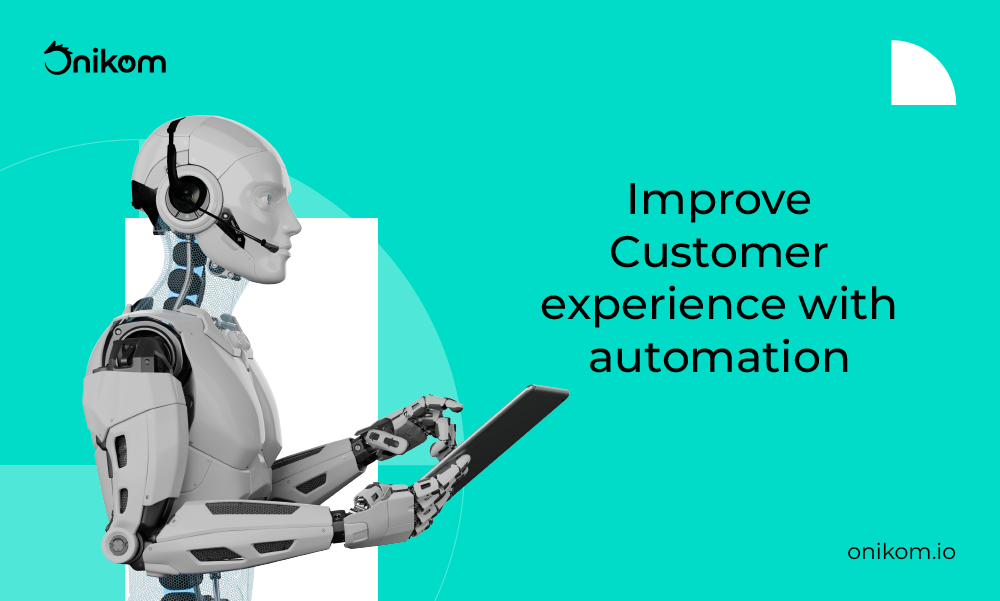Robotic process automation (RPA) is a technology that uses software robots to mimic the administrative tasks of human workers, such as extracting data, filling out forms, and moving files, among others.
This technology is easy to use and can be used by anyone who wants to automate digital tasks. RPA can be very useful to improve customer service in companies since it allows them to save time and money and avoid human errors. In addition, it allows workers to focus on tasks that really add value to the company. Some examples of how RPA can be used in customer service include:
1. Assisting customer service agents:
An RPA system can collect customer information such as demographics, purchases, and past complaints and provide it in advance to the customer service agent to help them anticipate customer inquiries and resolve the issue quickly.
2. Create customer accounts:
Customers typically create their accounts by talking to a customer service representative or chatbot in a recorded conversation. The bot can automatically extract relevant information from the recorded conversation and fill out forms to create the customer’s account, validate payment details against bank information, and notify customers once account creation is complete.
3. Manage customer refunds:
RPA bots can extract customer refund queries from emails, texts, or ticketing systems and initiate refund processes without human intervention. The bot can also send a notification to the user via email or text to inform them of the completed refund.
4. Solve problems based on rules:
Problem information can be collected and entered into the ticketing system either by RPA bots or AI-based customer service chatbots. The bots can access the ticket database and automatically solve simple customer problems such as answering frequently asked questions, downloading customer emails, or searching the database for answers (e.g., pricing, shipping, troubleshooting).
This is a very useful technology to improve customer service in companies, as it allows them to automate administrative tasks and save time and money. It also allows workers to focus on more important tasks and reduces the risk of human error.

